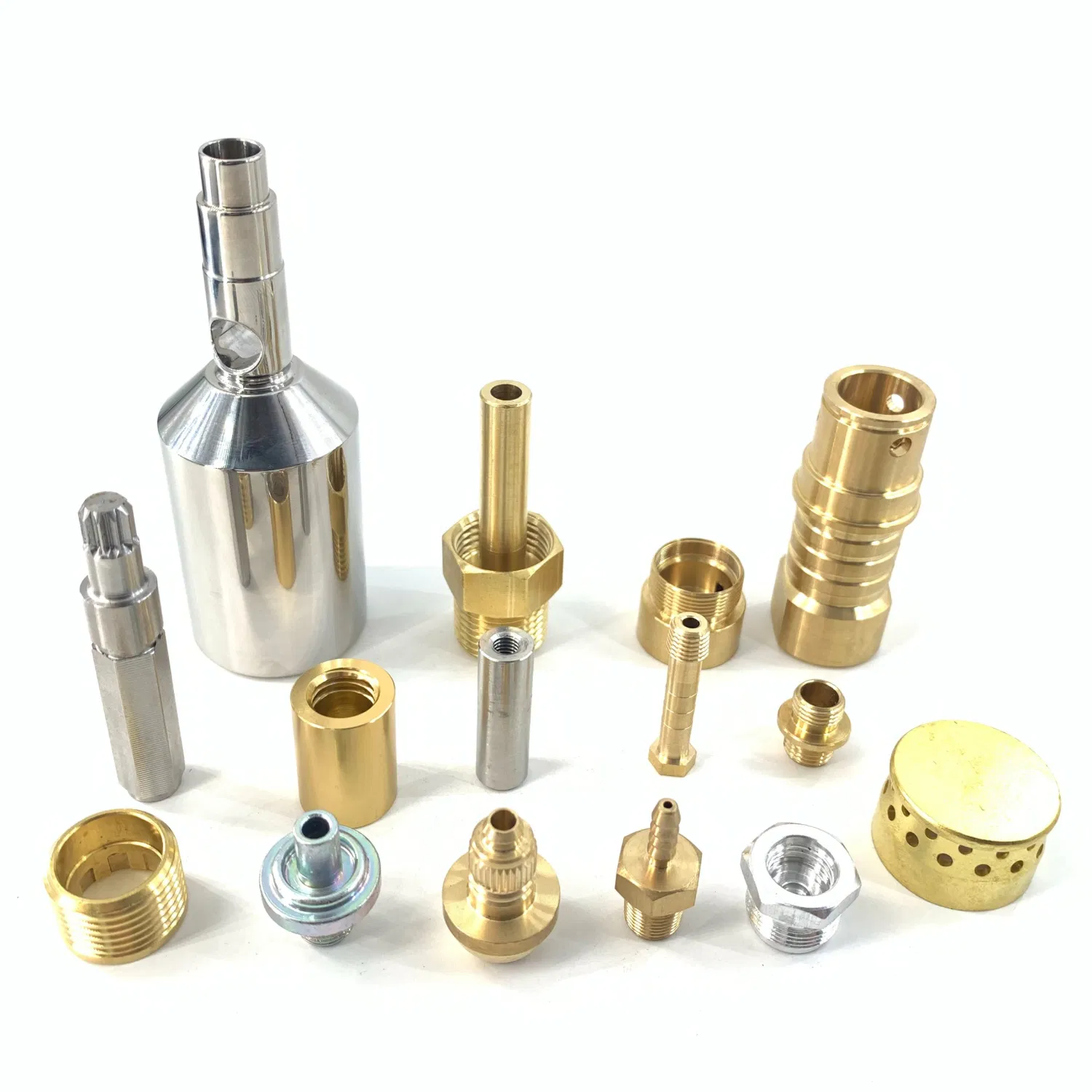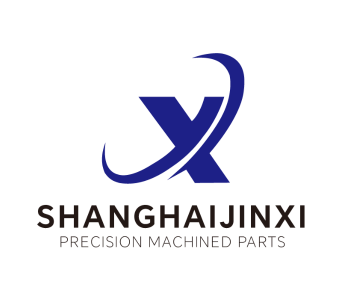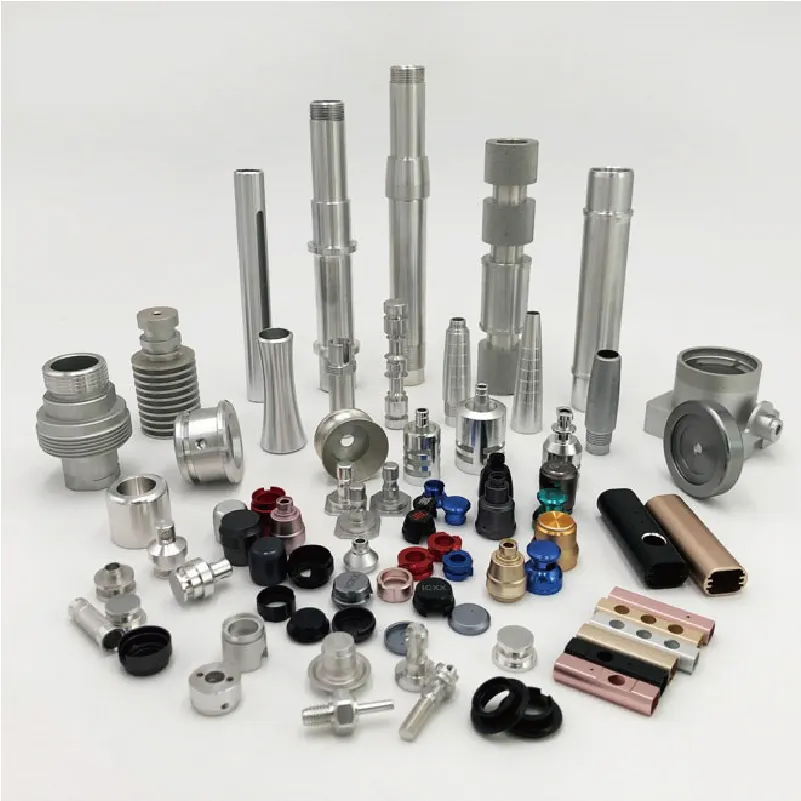Understanding the Economics of Modern CNC Turning Operations
CNC lathe machining stands at the forefront of modern manufacturing, representing a perfect blend of precision engineering and automated efficiency. As industries continue to evolve, understanding the various cost elements associated with CNC lathe machining becomes crucial for manufacturers and buyers alike. This comprehensive guide explores the intricate factors that influence machining costs and helps you make informed decisions for your manufacturing needs.
Core Components of CNC Lathe Manufacturing Costs
Material Selection and Properties
The choice of raw materials significantly impacts the overall cost of CNC lathe machining projects. Premium materials like titanium and specialized alloys command higher prices not only for their inherent material costs but also due to their machining characteristics. These materials often require specialized cutting tools and slower machining speeds, increasing production time and operational expenses.
Material wastage also plays a crucial role in cost calculations. The relationship between the final part size and the raw material block size directly affects material utilization efficiency. Skilled programmers optimize tool paths to minimize waste, but some applications inevitably require more material removal, increasing both material costs and machining time.
Machine Operation and Labor Costs
The operational costs of CNC lathe machining encompass various elements, including machine depreciation, maintenance, and skilled operator wages. Modern CNC lathes represent significant capital investments, and their hourly operational rates must account for both direct and indirect costs. The complexity of parts being manufactured directly influences the required operator skill level and programming time.
Regular maintenance and calibration of CNC lathes ensure optimal performance and longevity but add to the overall operational costs. Preventive maintenance schedules, tool replacement, and occasional repairs must be factored into the machine's hourly rate calculations.

Technical Specifications and Their Cost Impact
Tolerance Requirements and Surface Finish
Tight tolerances and superior surface finish requirements significantly influence CNC lathe machining costs. Achieving precise dimensions often requires multiple machining passes, specialized tooling, and more frequent tool changes. These requirements extend production time and increase tool wear, directly impacting the part's final cost.
Surface finish specifications can necessitate additional operations or specialized cutting tools. Higher-quality surface finishes typically require slower cutting speeds and more careful approach strategies, leading to extended machining times and higher costs.
Geometric Complexity and Feature Details
Part complexity dramatically affects CNC lathe machining costs. Complex geometries require more sophisticated programming, multiple setups, and specialized tooling. Features like deep holes, intricate profiles, or tight-radius corners demand specific cutting strategies and tools, potentially increasing both setup and production times.
The number and variety of features in a part also influence programming complexity and verification requirements. More complex parts typically require more extensive quality control procedures, adding to the overall production cost.
Production Volume Considerations
Batch Size Economics
Production quantity significantly impacts per-unit costs in CNC lathe machining. Larger batch sizes allow for the distribution of setup costs across more parts, potentially reducing the per-unit price. However, optimal batch sizing must balance inventory carrying costs with production efficiency gains.
Setup time and programming costs become particularly relevant for smaller batches. While CNC lathe machining offers flexibility for various production volumes, smaller runs typically incur higher per-unit costs due to the fixed nature of setup and programming expenses.
Production Planning and Optimization
Efficient production planning can substantially reduce CNC lathe machining costs. This includes optimizing tool paths, combining operations where possible, and minimizing tool changes. Advanced planning also helps in maximizing machine utilization and reducing downtime between operations.
Material handling and workflow optimization contribute to overall efficiency. Well-planned production sequences can reduce setup times and improve material utilization, directly impacting the final cost structure.
Quality Control and Documentation Requirements
Inspection Protocols and Equipment
Quality control requirements can significantly influence CNC lathe machining costs. Different industries and applications demand varying levels of inspection and documentation. Advanced measurement equipment and detailed inspection procedures add to both time and resource requirements.
Documentation needs, such as material certifications, inspection reports, and process validation, contribute to the overall cost structure. Industries with strict regulatory requirements often necessitate more comprehensive quality control measures.
Certification and Compliance Costs
Industry-specific certifications and compliance requirements add another layer to CNC lathe machining costs. Maintaining necessary certifications requires ongoing investments in training, documentation systems, and regular audits. These overhead costs must be factored into the overall pricing structure.
Meeting specific industry standards often requires specialized procedures and additional verification steps, impacting both production time and costs.
Frequently Asked Questions
How do material choices affect CNC lathe machining costs?
Material selection impacts costs through both direct material expenses and machining characteristics. Harder materials require specialized tooling and longer machining times, while exotic materials can significantly increase both material and processing costs.
What role does part complexity play in determining machining costs?
Part complexity affects programming time, setup requirements, tooling needs, and machining time. More complex parts typically require additional setup time, specialized tools, and more sophisticated programming, all of which contribute to higher costs.
How can production volume impact per-unit costs?
Larger production volumes typically result in lower per-unit costs as fixed costs like setup and programming are distributed across more parts. However, optimal batch sizing must consider factors like inventory costs and production efficiency.

